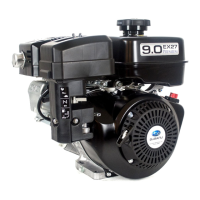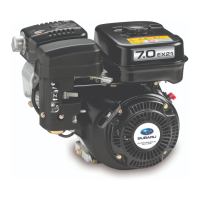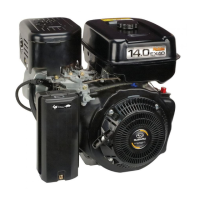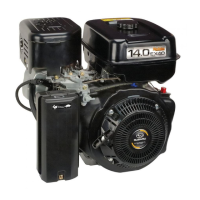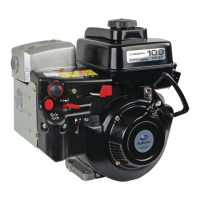How to fix abnormal engine noise in my Subaru Engine?
- LLacey CurtisJul 26, 2025
Abnormal engine noise in your Subaru Engine can stem from several issues. It could be related to ignition system problems, in which case you should inspect and tighten the components. Alternatively, the issue might be with the fuel system, requiring you to clean, adjust, or replace the carburetor. The cylinder head may also be the source of the noise and needs cleaning. Finally, valve system problems may need adjustment.



